Waters Staff
Waters Staff is comprised of contributors with a variety of expertise across our organization.

Waters Staff is comprised of contributors with a variety of expertise across our organization.

Microflow or nanoflow chromatography has been used mostly in the academic and fundamental research environment in the past for its various advantages over analytical liquid chromatography, but rarely in the industrial settings. This is most likely because many of us believe it is a pain-in-the-neck technique to perform! But is this a reality or just…

A New Approach for Detecting Fragrance Allergens Have you ever sat next to someone wearing heavy cologne and suddenly noticed that your eyes were watering? Hopefully, you’ve never had that experience, but if you have (I actually have), then there’s a good possibility that you have had an allergic reaction to something in the perfume….
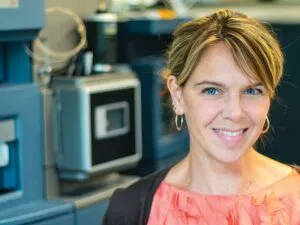
Dr. Erin Chambers is a Director in the Scientific Operations group at Waters Corporation. She recently served as a judge for the Bioanalysis Zone New Investigator Award. I sat down with Erin to gauge her impressions of that experience and the award’s importance to the bioanalysis industry. What was it like to be part of…
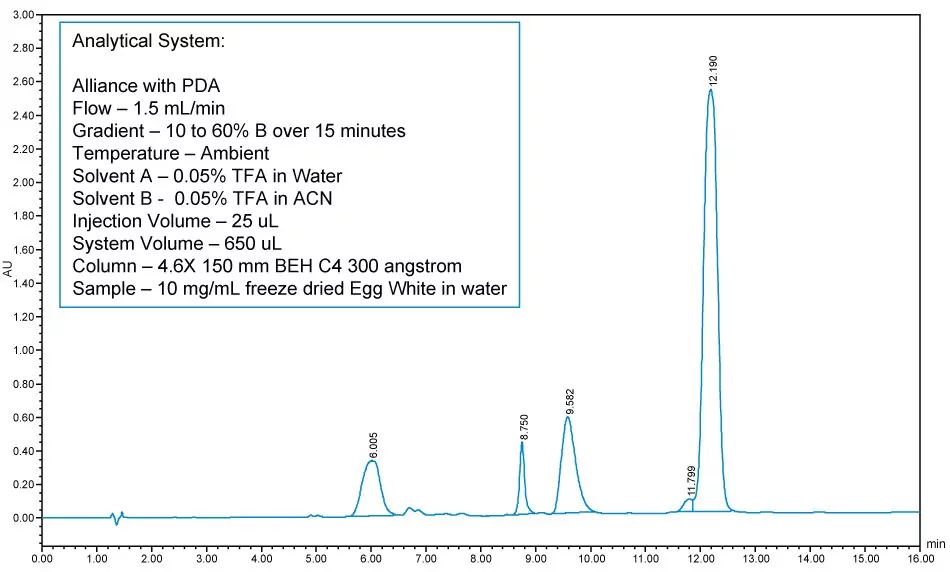
Andrew Aubin (Andy): Manager, Purification / SFx Systems Marketing Laboratory & Blogger VOC: Voice of the Chemist VOC: “I tried to scale up my analytical HPLC method to prep and it didn’t work.” Andy: This is one of the most common things we hear from chemists wanting to do preparative chromatography. We also hear the following…

What are the differences between micro-scale and conventional LC? Microflow (a.k.a. microscale) LC has been widely applied to proteomic research for years. Recently, as microflow LC-MS systems continue to evolve, more and more laboratories in various fields are weighing the implications of applying this small-is-beautiful technology. In this and my next two blog posts, I will discuss…

This past May, many of the nation’s leading bioanalysts gathered in New England to share ideas and explore the latest advances in mass spectrometry, liquid chromatography, and sample preparation for large molecule quantification. At Waters’ semi-annual bioanalysis workshop, scientists from across the U.S. trained on the latest mass spectrometry instrumentation at our demonstration center in…
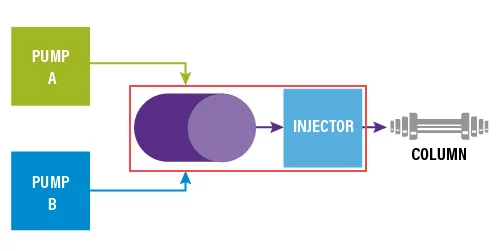
Welcome to the next installment in my series on binary vs. quaternary pumps for liquid chromatography! In my previous post, I discussed how gradients are created as well as the importance of having accuracy and precision in your gradient. Today I am going to talk about what happens after all that — specifically, mixing. After chromatographic…

The spatial distribution of molecular species in a sample can provide a wealth of information about biological, chemical and physiological processes. Mass spectrometry (MS) imaging is a rapidly developing research technique that enables specific measurement of molecular targets at complex surfaces. This direct-from-sample analytical technique provides researchers with the information needed to quickly and objectively…

In biomedical research, scientists need the ability to accurately and precisely measure a biomarker or set of biomarkers in some disease vs. healthy experimental design. The ability to measure something depends on the ability of the measurement methodology, including analytical tools, to accurately and precisely quantify the true value for the object of interest. Accuracy:…
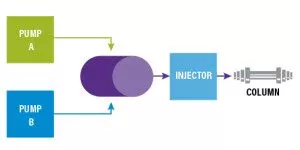
How is a Gradient Created? Any liquid chromatograph (LC) is an amalgamation of a certain set of components that delivers to the scientist a monograph of the sample they are analyzing. Traditionally, an LC system consists of a pump, an injector, a column heater, a detector, and even more commonly these days a mass spectrometer…

For decades, food security was viewed exclusively through the lens of shortages. In the 1960s, when daily food availability in emerging countries was just 1,850 kcal per person as many as half of the world’s population was malnourished. It’s easy to understand our narrow focus on increasing food production. The challenges we face have shifted….
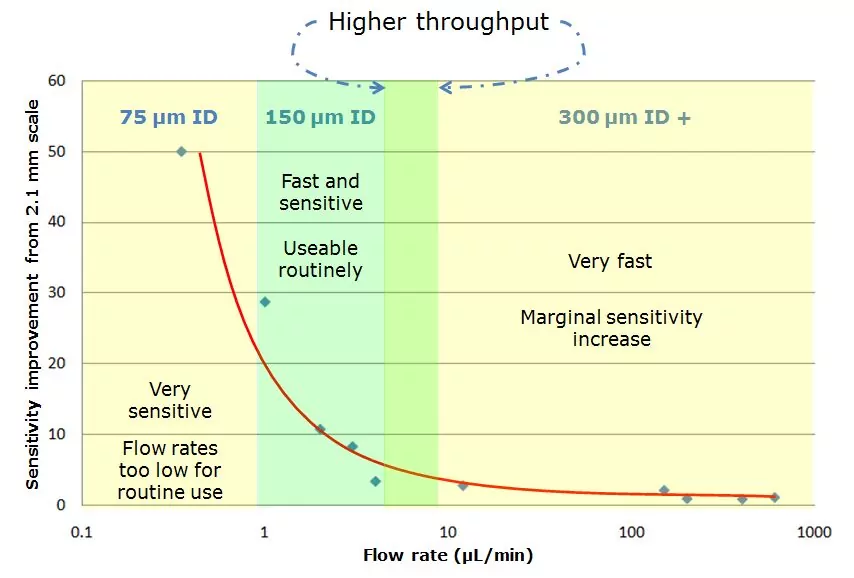
Question: When someone says microscale chromatography, what comes to mind? Increased sensitivity? Reduced sample volume? Enhanced MS sampling efficiency? Yes, yes, and yes! You might also say, “finicky,” “slow,” or “only one person in our group knows how to use it!” Maybe even, “there’s no way I can successfully transfer that method, so why…